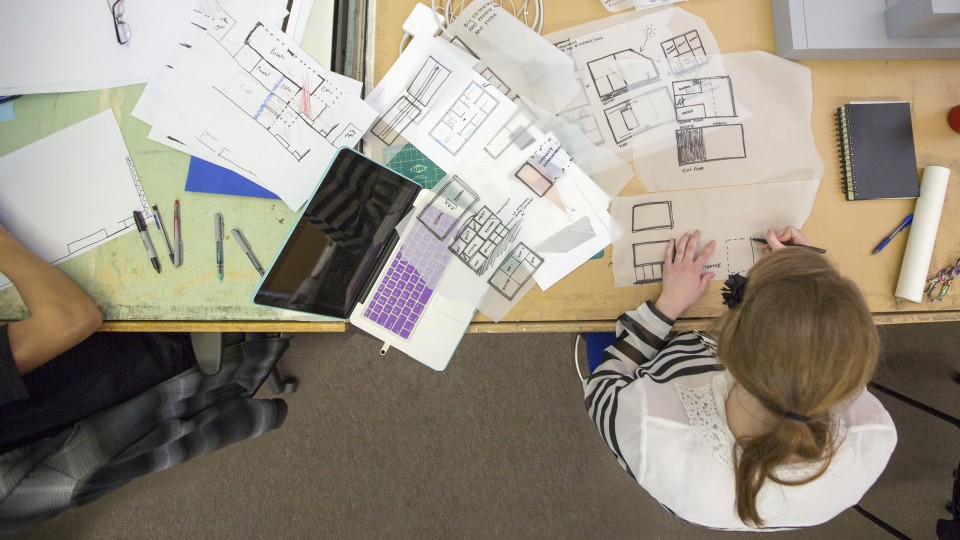Have you ever thought, what is a public space? What comes into your mind when somebody calls a place as a public space? Could you ever think each space is for us, doesn’t have to be designed or the opposite?
Well, of course if you want, every space can be a place like I wrote in my first article.
But the thing is, when you are using that space, you are making your own limits, borders, we can say you design that place somehow. It doesn’t have to be in an architectural way. If we look at children about that, we can easily see, they see every place as a public space and they transform it in their way. Please look the photo below;
Nobody tells them anything about the place they are playing on, is appropriate for playing football or not. They decide it, then turn that street into a playground for themselves.

What about the places you want to spend your time in you daily life? Parks, squares… It can be even a place between two buildings, or the space in front of the building that makes you want to spend time and hang a bit there. Are they all men made, well designed or natural elements?
These days most of the people are always saying that we need to design public spaces. I agree with it. But the main thing we need to know is, how much we should design and how much we shouldn’t. It has to be unique with nature, the way it exists. You can’t just destroy everything and design a public space.
Imagine yourself in a park, full of greens, a river beside you. Then, imagine sitting areas, they can be benches, platforms, whatever you want. Now tell me, how did you locate them? Did you destroy the greens or were you respectful? I am going to show you a perfect example, Bamboo Theatre in China by DnA.
Look at the way DnA design a theatre in nature. They are just using the existing condition as a design element. As you can see, they want to have a gap, a hole above the place, but the solutions is super smart, without adding and touching anything. Also please look at the sitting elements. They are just rocks. Only difference is the way they locate them. But the atmosphere is stunning for sure!

I can understand if you tell me, okay but this project is located in a forest, we live in cities, buildings. So now let me show you a different example from Taipei, Happier Café by J.C.
J.C architects say, ‘ A collaboration that started with a discussion of what makes one feel happy, whether tangible or a feeling, from small pleasures to life conquests. Happier cafe is a place for change and evolution, where people feel comfortable but also are key attributes to the space. For that, we believe each person sharing the space should be able to change and contribute to its creation.‘
They have chosen to use only paper craft to create spaces. Instead of building walls, they preferred to separate areas with only paper craft. End of the process, they have an interactive, flexible and mixed used public space.

As far as I am concerned is, we should ask ourselves, if people ask me to design, create a public space (it can be on street, inside of a building or in a forest) what would I do ? Would I ignore whole the existing conditions and create my own rules, or obey the existing ones ? Also you can try to find a midway, you can choose which ones you should keep, which ones you should get rid of. But firstly you need to imagine yourself in that place you are creating, you will reach the best solution.
If you have an examples like that (or can be from the opposite side), please share with us, also do not hesitate to comment below about your thoughts!








